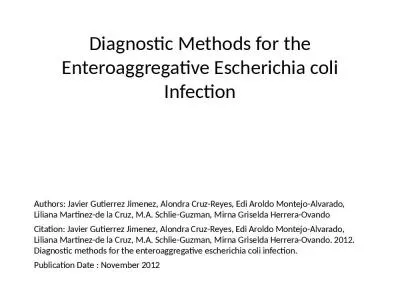PDF-Comparison of the lowfrequency magnetic field effects on bacteria Escherichia coli Leclercia
Author : sherrill-nordquist | Published Date : 2014-12-15
We have exposed three different bacterial strains Escherichia coli Leclercia adecarboxylata and Staphylococcus aureus to the magnetic field 30 min 10mT 50 Hz in
Presentation Embed Code
Download Presentation
Download Presentation The PPT/PDF document "Comparison of the lowfrequency magnetic ..." is the property of its rightful owner. Permission is granted to download and print the materials on this website for personal, non-commercial use only, and to display it on your personal computer provided you do not modify the materials and that you retain all copyright notices contained in the materials. By downloading content from our website, you accept the terms of this agreement.
Comparison of the lowfrequency magnetic field effects on bacteria Escherichia coli Leclercia: Transcript
Download Rules Of Document
"Comparison of the lowfrequency magnetic field effects on bacteria Escherichia coli Leclercia"The content belongs to its owner. You may download and print it for personal use, without modification, and keep all copyright notices. By downloading, you agree to these terms.
Related Documents

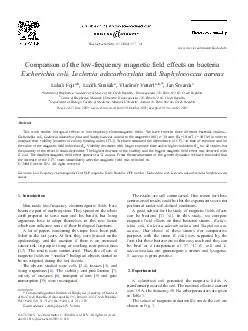
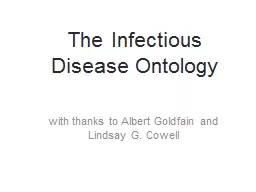


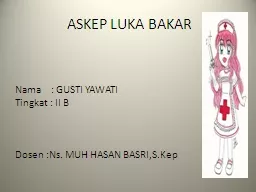
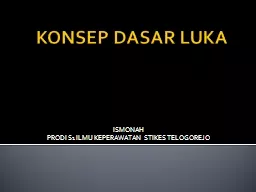
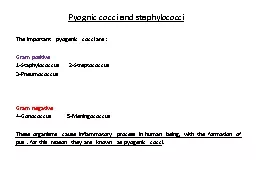

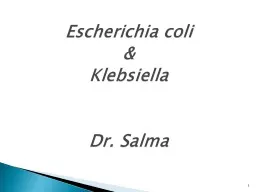


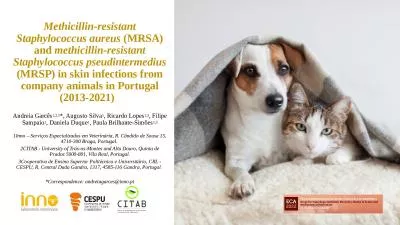
![STRUCTURAL AND BIOLOGICAL STUDIES OF SOME CALIX[4]RESORCINARENE](https://thumbs.docslides.com/1036586/structural-and-biological-studies-of-some-calix-4-resorcinarene.jpg)
